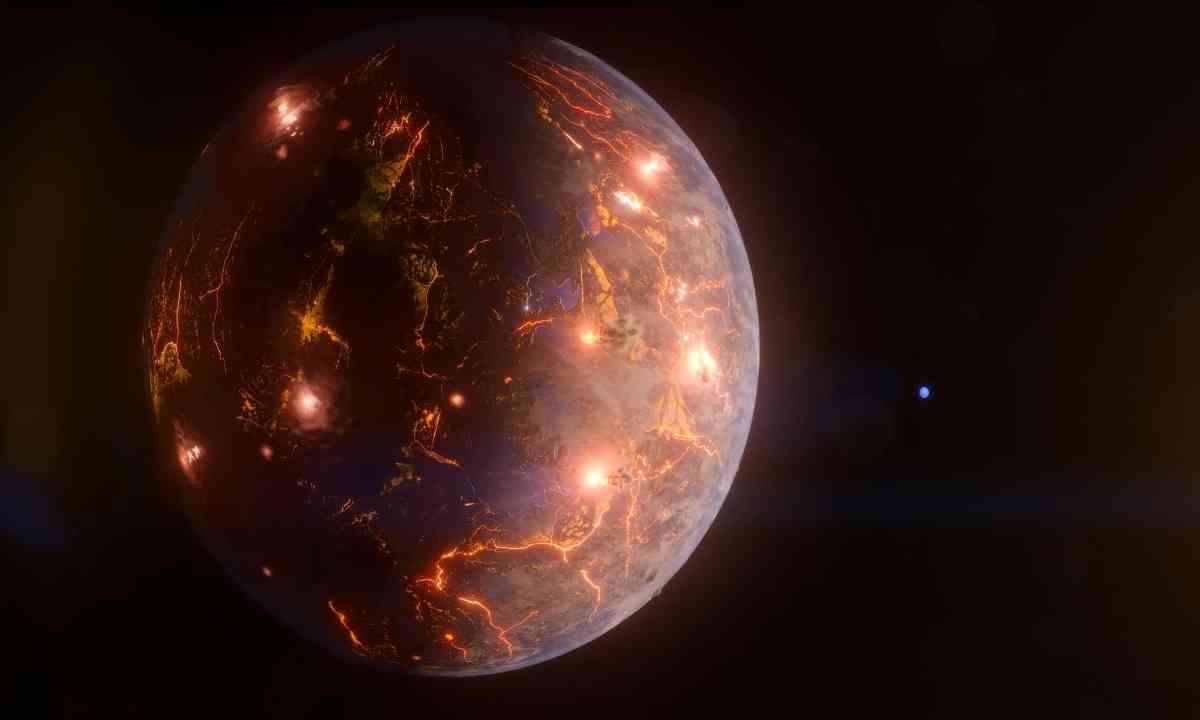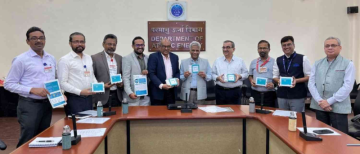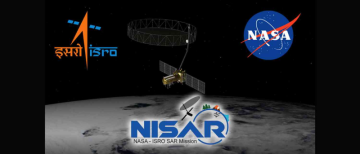An exoplanet the size of Earth called LP 791-18 d has been found by astronomers. It is thought to be very volcanic. On its colder side, the planet's volcanic activity may provide an atmosphere that may support water condensation. It is located on the outside of the habitable zone, orbiting a tiny red dwarf star around 90 light-years distant. The James Webb Space Telescope will be used in upcoming investigations. A globe outside of our solar system the size of Earth has been found by scientists, and it may be covered with volcanoes. The planet, known as LP 791-18 d, has the potential to have volcanic eruptions on a par with those of Jupiter's moon Io, our solar system's most volcanically active body.
They used information from NASA's TESS (Transiting Exoplanet Survey Satellite) and Spitzer Space Telescope, which has since been decommissioned, as well as a number of ground-based observatories, to discover and study the planet.
The Trottier Institute for Research on Exoplanets (iREx) at the University of Montreal's Merrin Peterson served as the research's lead author. The paper was published in the scientific journal Nature on May 17. LP 791-18 d is tidally locked, meaning that the same side is always facing its star, according to co-author and iREx astronomy professor Björn Benneke, who also organized and oversaw the project. "It would likely be too hot on the dayside for liquid water to exist on the surface. But with the amount of volcanic activity, we believe to exist across the planet, it is possible for an atmosphere to exist and for water to condense on the night side. LP 791-18 d revolves around a tiny red dwarf star in the southern constellation Crater, which is 90 light-years distant. According to the researchers, it is just marginally more massive and bigger than Earth.
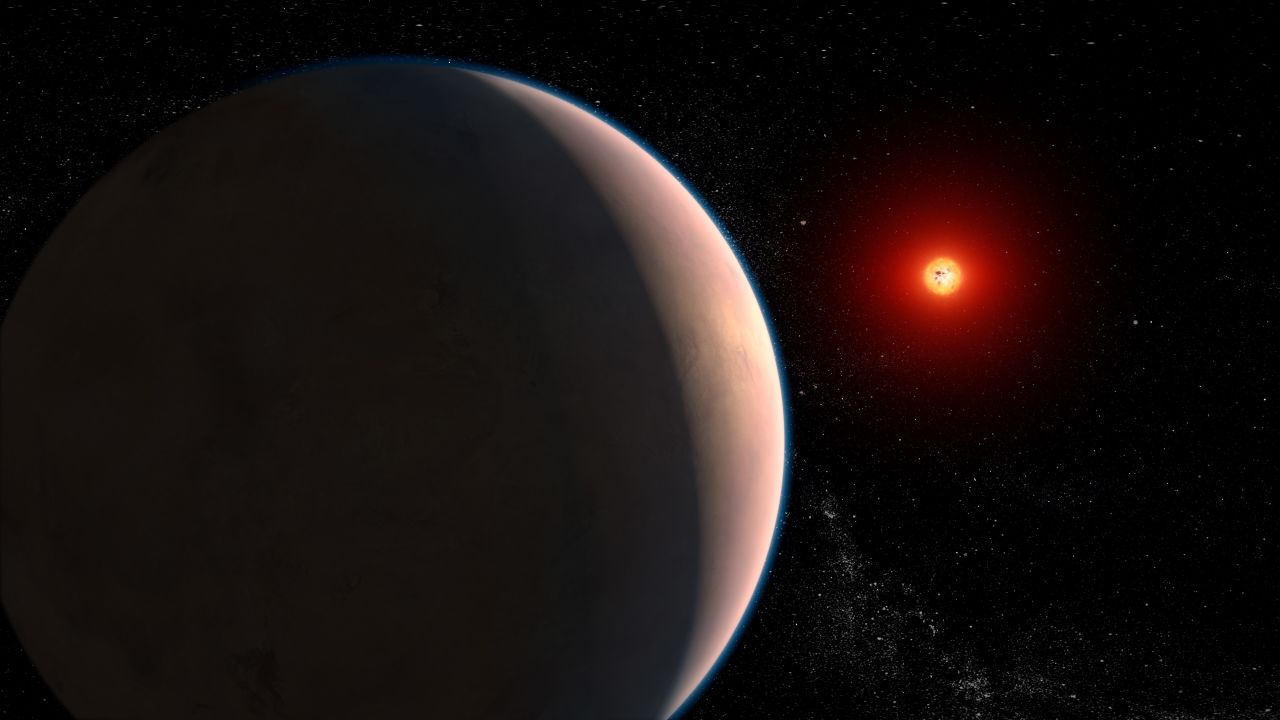
Astronomers were previously aware of two more planets in the system, known as LP 791-18 b and c, prior to this discovery. About 20% larger than Earth is the inner planet b. The outer planet C has a mass greater than seven times that of Earth and a diameter of 2.5 times that. Planets d and c pass one another quite closely throughout each orbit. With each close approach from the bigger planet c, planet d suffers a gravitational drag, causing the planet d's orbit to become somewhat elliptical. Planet D eventually veers away from its original form as it travels around the star in an elliptical orbit. These deformations have the ability to severely heat the planet's interior and trigger volcanic activity on the surface due to internal friction. Io experiences comparable effects from Jupiter and several of its moons. The habitable zone is the conventional range of distances from a star where astronomers hypothesize that liquid water may exist on a planet's surface, and planet d is located on the inner border of this zone. The planet could be able to sustain an atmosphere if it is as geologically active as the study team believes. On the planet's night side, temperatures may be low enough for water to condense on the surface.
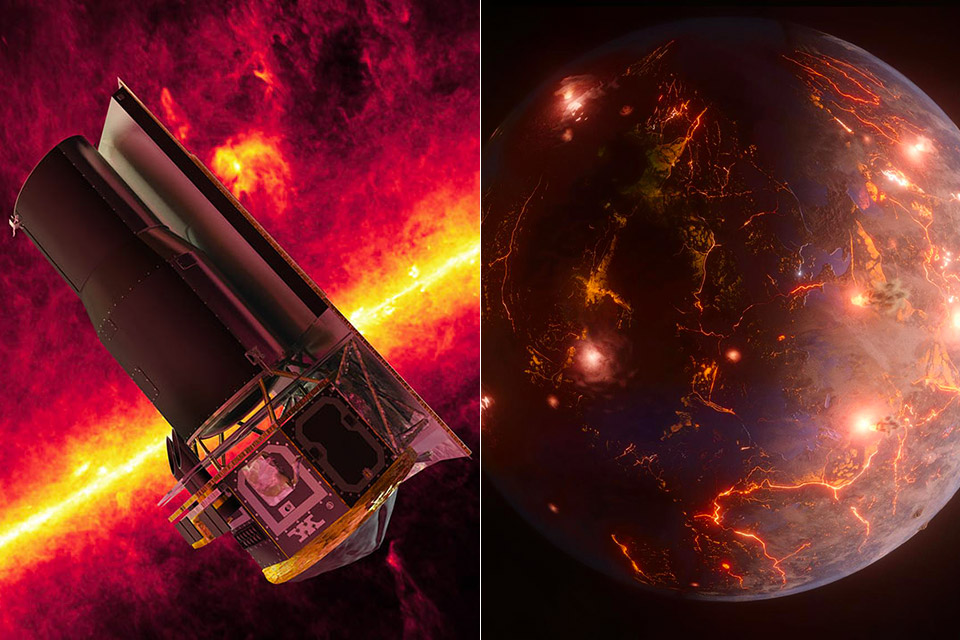
The team believes planet d is a particularly strong prospect for atmosphere investigations by the mission, while planet c has already been cleared for observing time on the James Webb Space Telescope. "A big question in astrobiology, the field that broadly studies the origins of life on Earth and beyond, is whether tectonic or volcanic activity is necessary for life," stated co-author Jessie Christiansen, a research scientist at the California Institute of Technology in Pasadena and a member of NASA's Exoplanet Science Institute. The elements from these actions "could churn up that would otherwise sink down and get trapped in the crust, including those we think are important for life, like carbon, in addition to possibly providing an atmosphere."
One of the final data points the satellite, Spitzer, gathered before being discontinued in January 2020, was observations of the system. Spitzer project manager Joseph Hunt of NASA's Jet Propulsion Laboratory in Southern California commented, "It is amazing to read about the continuation of discoveries and publications years beyond Spitzer's end of mission." "That clearly demonstrates the accomplishments of our top engineers and scientists. Together, they created a spacecraft and a data set that are still useful to the astrophysics community.
© Copyright 2023. All Rights Reserved Powered by Vygr Media.

